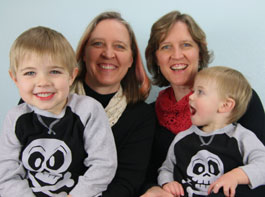Way back in 2015 we created a pattern for miniature crochet and knit pumpkins. We dubbed them “My First Pumpkin“. Since that time, we’ve added pin loom weaving and sewing to our crafting routine. Therefore, we’ve revised the pattern to include those as well.
Yep, this is a 4 in 1 pattern: crochet, knit, sewing, pin loom weaving.
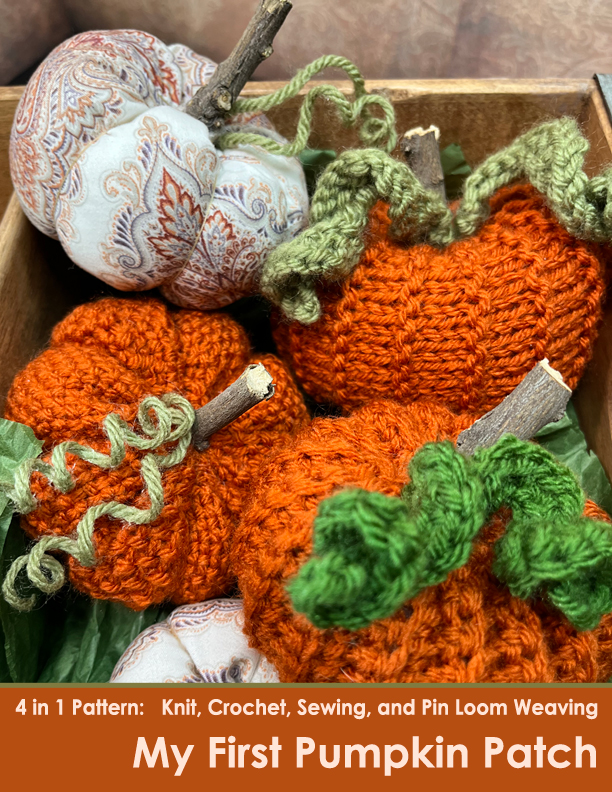
Aren’t they gorgeous? I really can’t decide which is my favorite. I love the distinct look of each pumpkin…and they were all truly a joy to create.
And…drum roll please…there is a step-by-step tutorial available as well! Yep, there are pictures and written instructions for all four crafts: sewing, knit, crochet, and pin loom weaving.
Check out the updated and revised My First Pumpkin Pattern blog. Make one or all four or an entire pumpkin patch! These are fun to decorate your home and work place. They are also fun gifts because they are quick to make and so darn cute.
The blog has a free version of all 4 mini pumpkins. The printer friendly version has a TON of photos and lots and lots of tips; it’s available on our Etsy shop.
Head over to our blog to learn more: My First Pumpkin Patch.
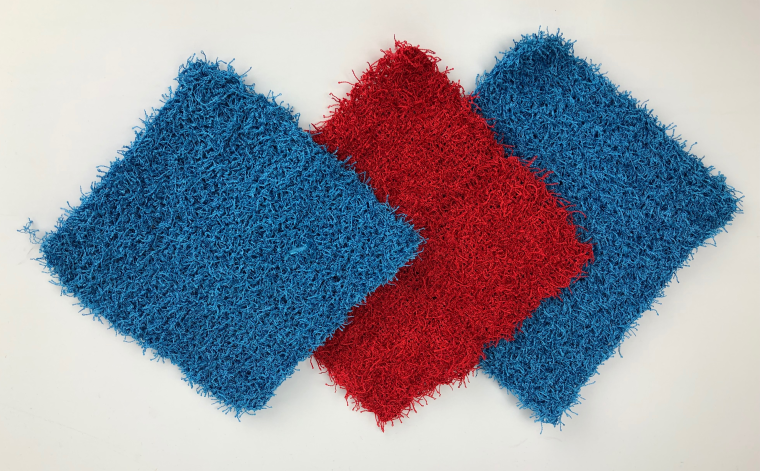
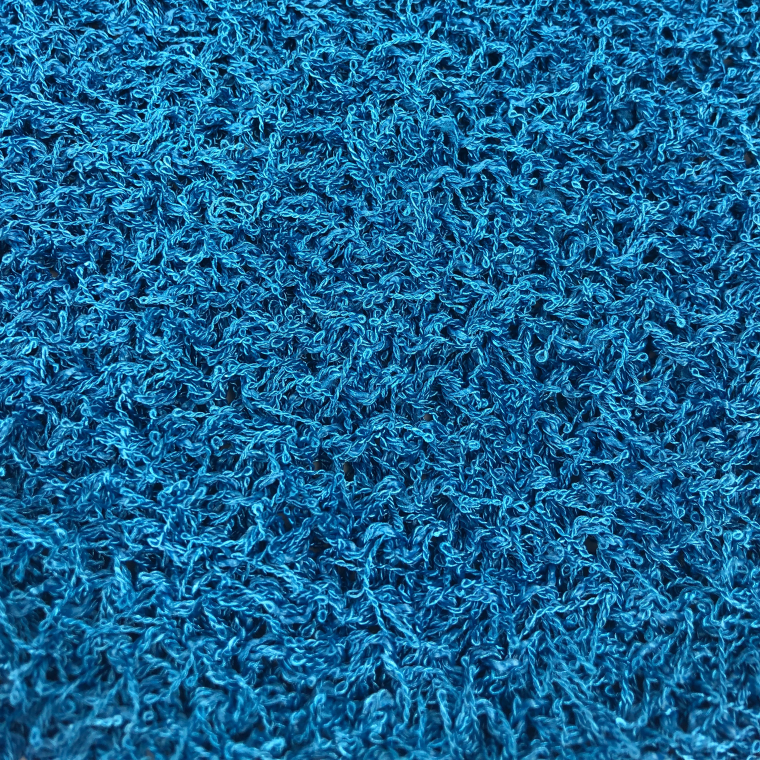
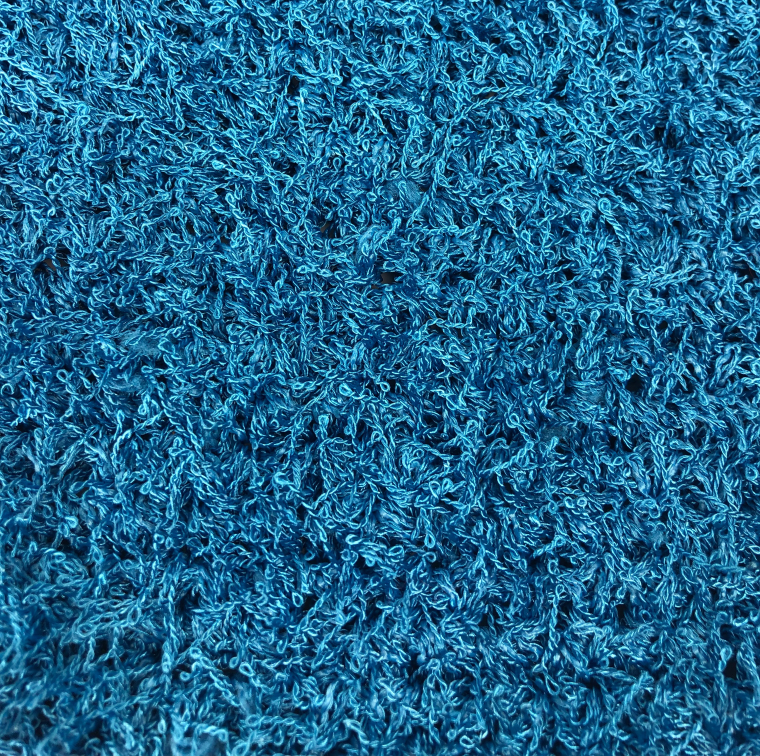
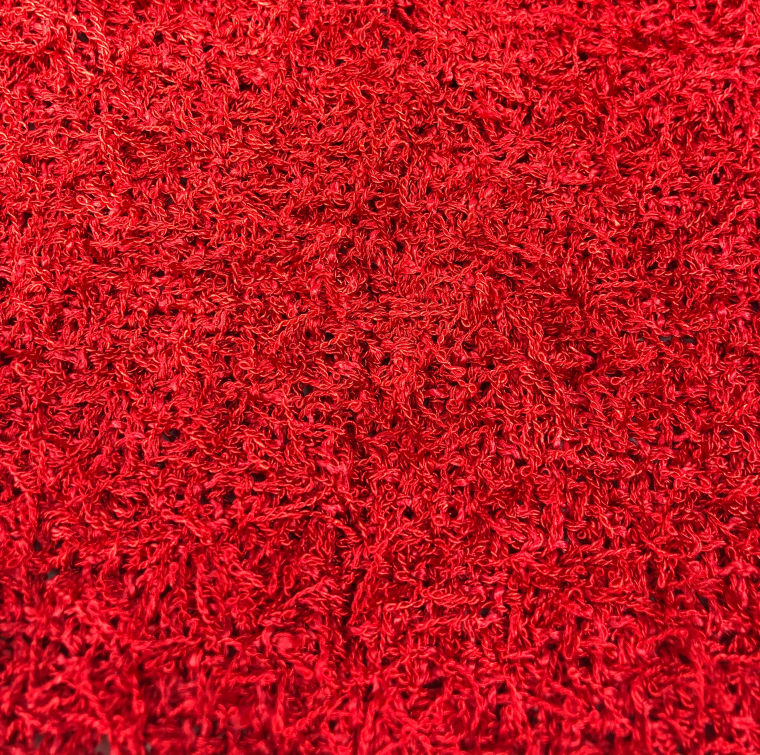
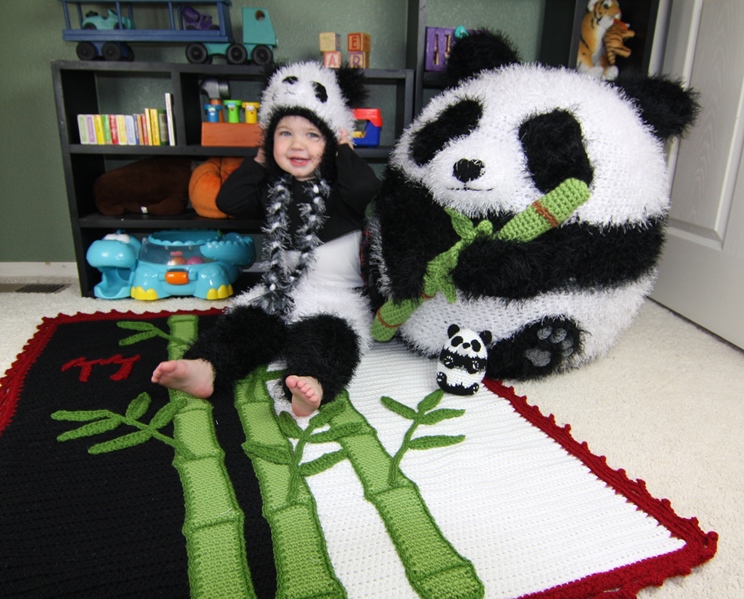
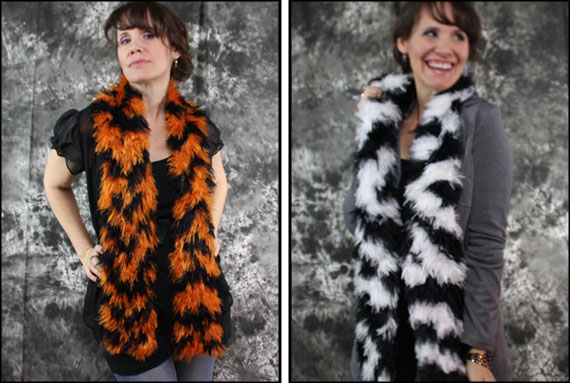
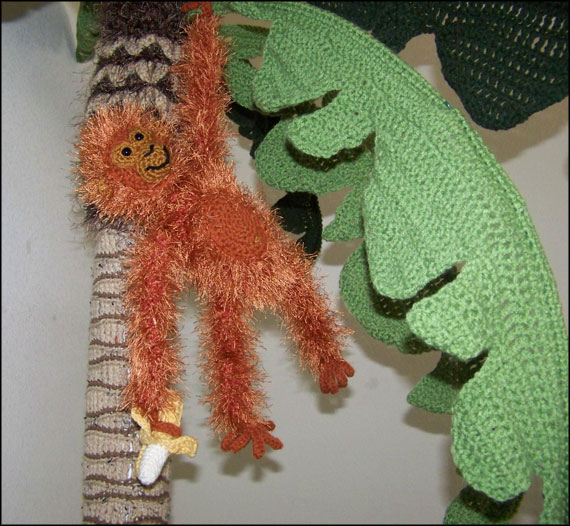



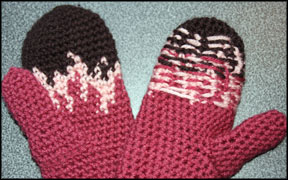
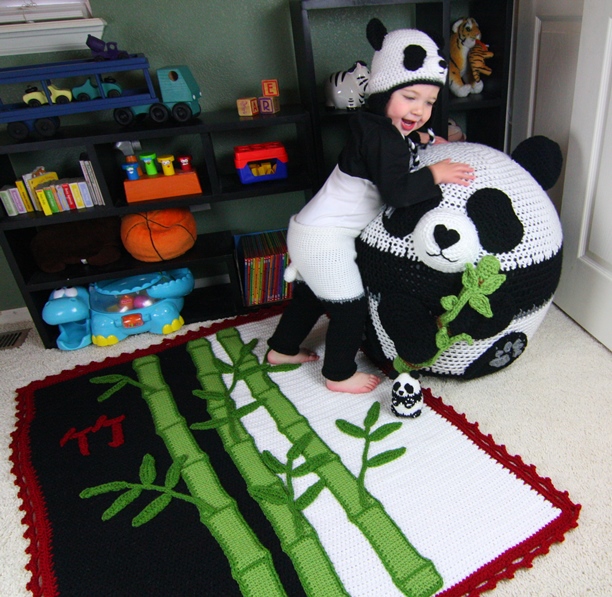
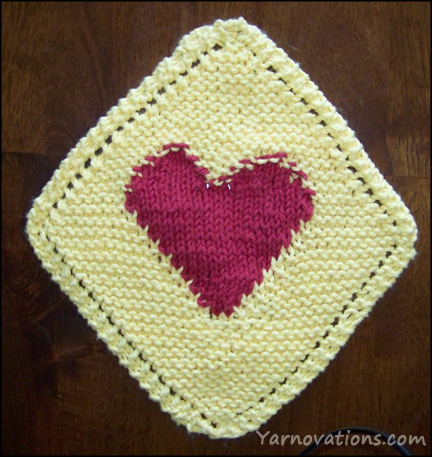
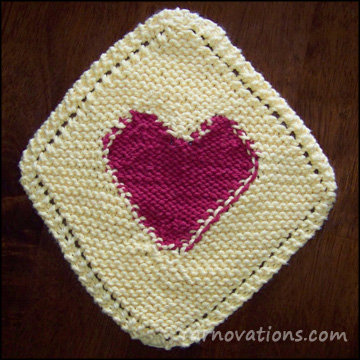
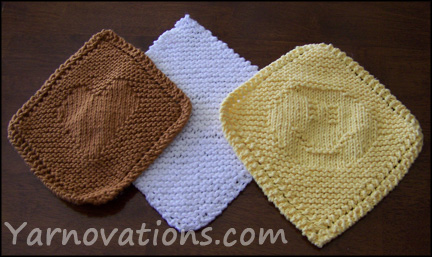
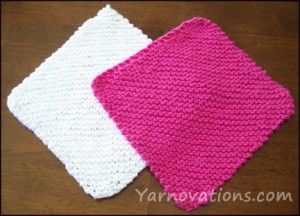
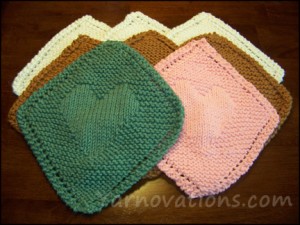
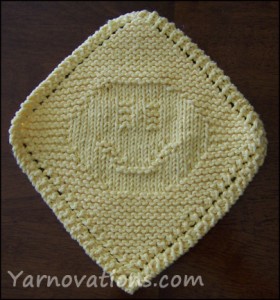 Spread cheer one dishie at a time with a fun twist on Grandmother’s Favorite. Kids will find dish duty more fun with this friendly dishie. Wait…so will adults!
Spread cheer one dishie at a time with a fun twist on Grandmother’s Favorite. Kids will find dish duty more fun with this friendly dishie. Wait…so will adults!

